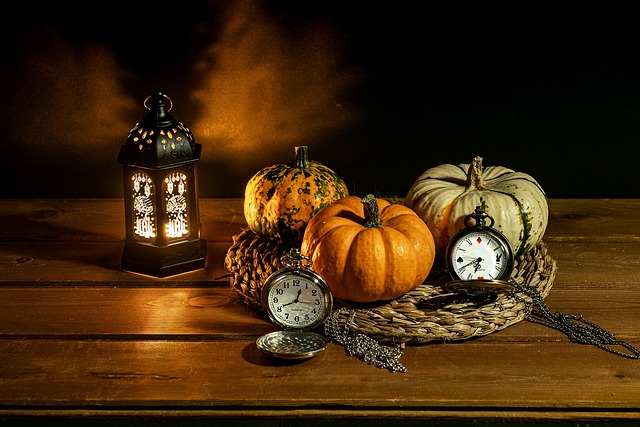Mastering Composition: Unleashing the Power of the Tone Curve
In the world of photography and digital art, composition is not just about framing a shot; it’s about evoking emotions, telling stories, and painting with light. One of the most powerful tools in your creative arsenal is the tone curve. Understanding and mastering the tone curve can take your images from ordinary to extraordinary, infusing them with depth and a unique sense of character.
Understanding the Tone Curve
The tone curve is a graphical representation of the tonal range of your image. By adjusting this curve, you can manipulate shadows, midtones, and highlights to create the desired mood and atmosphere. It’s like having a magic wand that allows you to breathe life into your photographs.
When you first open the tone curve in your editing software, it can seem intimidating. However, each point you can adjust represents an opportunity to enhance your image and ignite the emotions you want to convey. The magic lies in the way you bend the curve, shaping the light and dark areas of your composition.
Creating Depth and Drama
Imagine a landscape bathed in the soft glow of dusk. By gently pulling down the shadows on the tone curve, you can add drama and depth, transforming a flat image into a striking visual narrative. This technique emphasizes texture and detail in the darker areas, drawing the viewer’s eye and creating an intimate atmosphere.
Similarly, boosting the highlights can illuminate your subject, giving it a three-dimensional quality. This contrast between light and dark not only adds vibrancy but also guides the viewer’s attention to the focal point of your composition.
Establishing Mood
The tone curve is also an emotional compass for your images. Adjusting the curve can drastically change the mood of a photograph. A steep, S-shaped curve can add rich contrast, evoking a feeling of nostalgia or intensity. On the other hand, a softer, flatter curve can produce ethereal qualities, making your images feel calm and soothing.
Just as a painter chooses their colors to evoke emotions, photographers can use the tone curve to elicit feelings, to connect deeper with the audience. The magic happens when you learn to trust your instincts and create with intention.
Practical Tips for Mastery
To truly harness the tone curve in your compositions, here are some practical tips to keep in mind:
- Experiment: Give yourself the freedom to play with the curve. Make bold adjustments and see how they transform your image. The more you experiment, the more you’ll understand.
- Use Reference Images: Look at works that inspire you and try to analyze their tone curves. How do they create mood and depth? This can provide invaluable insight into your own composition.
- Trust Your Eye: Adjust the tone curve until it resonates with your vision. Go beyond technical perfection and aim for emotional connection.
Your journey with the tone curve is not just about the mechanics of editing; it’s about unlocking the potential of your compositions to convey your unique perspective of the world. Each curve adjustment is a step deeper into your creative expression, an invitation for your audience to experience the emotions you encapsulate through your lens.
As you master the tone curve, you’ll find yourself not just achieving great images, but telling profound stories that linger in the hearts and minds of your viewers. Embrace this tool, and let it revolutionize your creative process!



